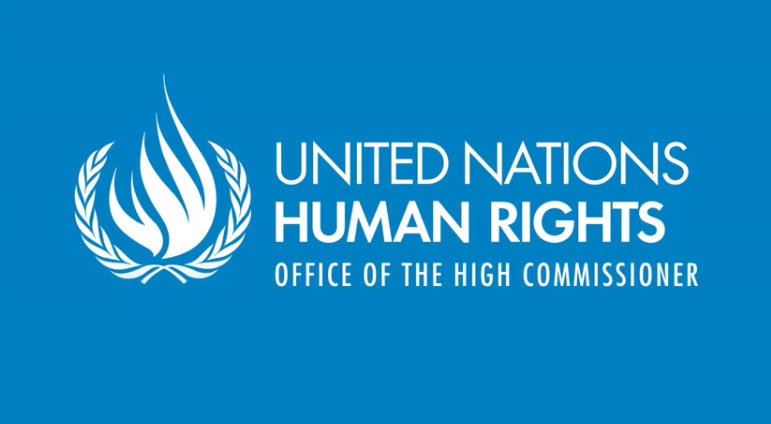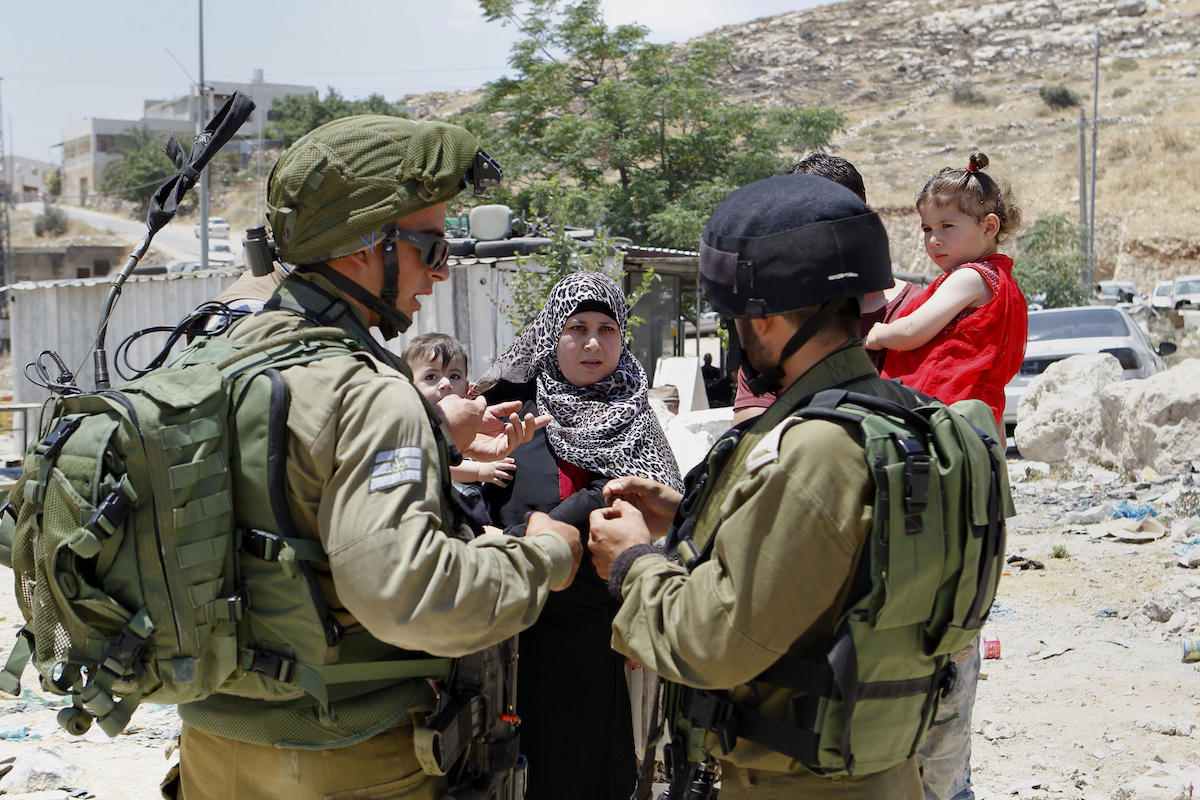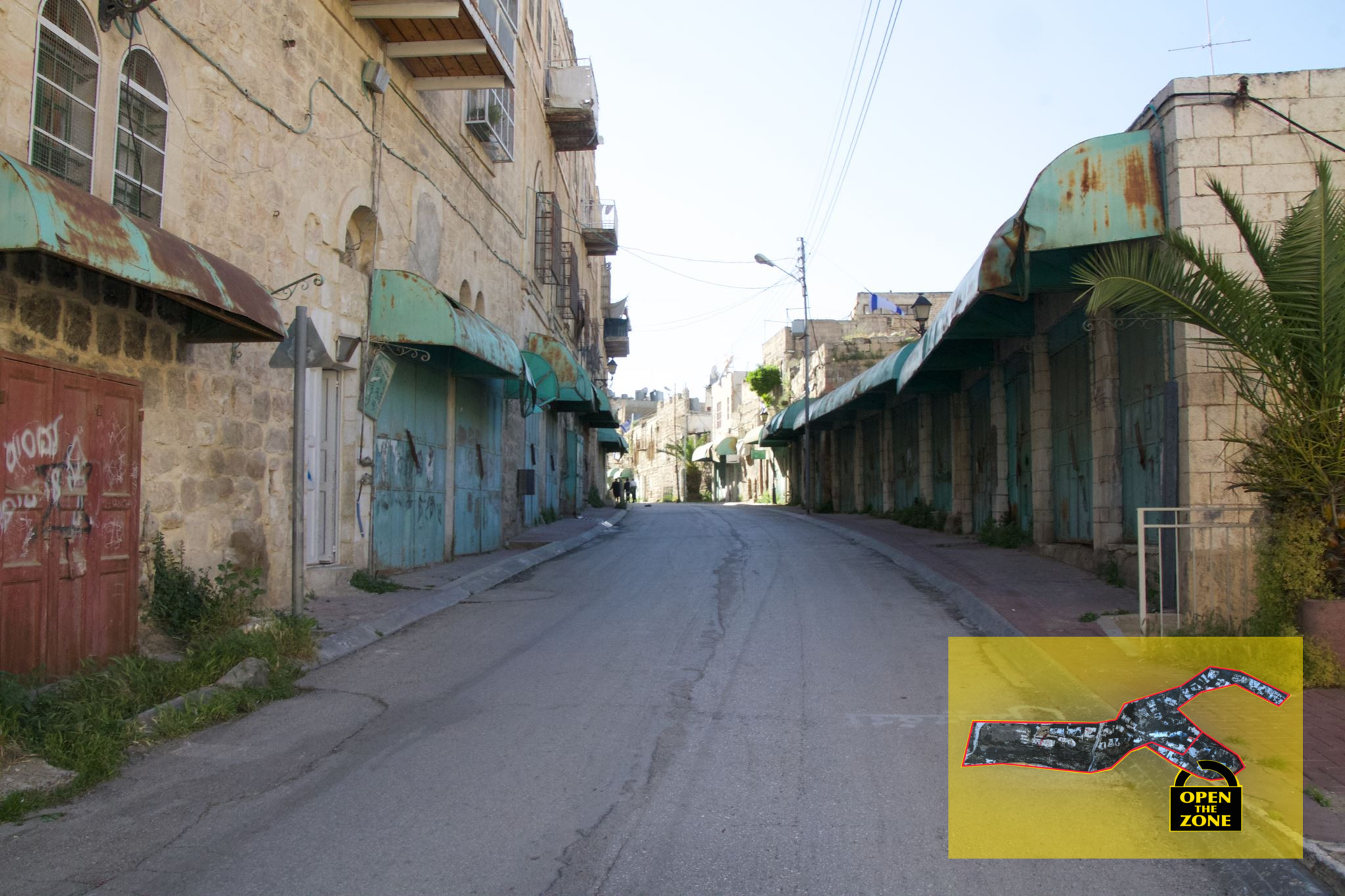Tag: International law
-
UN OHCHR Statement regarding Tel Aviv Shooting
10th June 2016 | United Nations Human Rights – Office of the High Commissioner | Occupied Palestine Statement by the Spokesperson for the UN High Commissioner for Human Rights: Ravina Shamdasani regarding the Tel Aviv shooting: The High Commissioner condemns the gun attack in Tel Aviv on Wednesday in which four Israelis were killed and…
-
Collective Punishment after Tel Aviv Shooting
10th June 2016 | International Solidarity Movement | occupied Palestine Late on Wednesday night, two Palestinians from the West Bank town of Yatta opened fire in a Tel Aviv shopping center, killing four Israelis, and injuring sixteen. The shopping center stood adjacent to the Israeli Ministry of Defense, fueling speculation that the attack may have…
-
Continuous implementation of apartheid-policies in Hebron
9th June 2016 | International Solidarity Movement, al-Khalil team| Hebron, occupied Palestine For already more than seven months, Israeli forces have kept a staircase leading to Qurtuba school and the surrounding neighbourhood in occupied al-Khalil (Hebron) under closed military zone (CMZ) orders, blocking the access for Palestinians only. Despite the lifting of the closed military…



